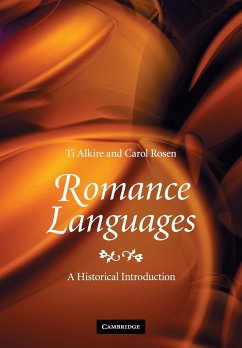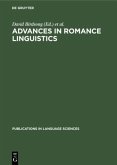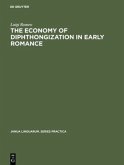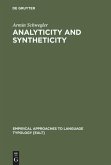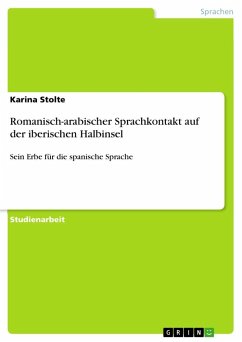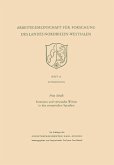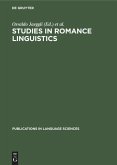Ti Alkire and Carol Rosen trace the changes that led from colloquial Latin to five major Romance languages, those which ultimately became national or transnational languages: Spanish, French, Italian, Portuguese, and Romanian. Trends in spoken Latin altered or dismantled older categories in phonology and morphology, while the regional varieties of speech, evolving under diverse influences, formed new grammatical patterns, each creating its own internal regularities. Documentary sources for spoken Latin show the beginnings of this process, which comes to full fruition in the medieval emergence of written Romance languages. This book newly distills the facts into an appealing program of study, including exercises, and makes the difficult issues clear, taking well motivated and sometimes innovative stands. It provides not only an essential guide for those new to the topic, but also a reliable compendium for the specialist.
Hinweis: Dieser Artikel kann nur an eine deutsche Lieferadresse ausgeliefert werden.
Hinweis: Dieser Artikel kann nur an eine deutsche Lieferadresse ausgeliefert werden.
'This attractive textbook is a great opportunity to bring the unique historical and typological richness of the Romance languages to today's students of language and linguistics and empower them to continue its exploration on their own. In its carefully gradated approach at complex issues of phonology and morphology, the authors provide readers with an analytical in-depth investigation of the diachronic developments in Spanish, French, and Italian, complemented by coherent sketches of Portuguese and Romanian. The book sets a new standard for focus, relevance, and accuracy of data as well as broadly informed and open-minded assessment of competing explanations offered in the literature. Readers who work their way through the book will come away from it with a structured picture of this fascinating language family spanning 2000 years of varying divergence and convergence.' Dieter Wanner, The Ohio State University

